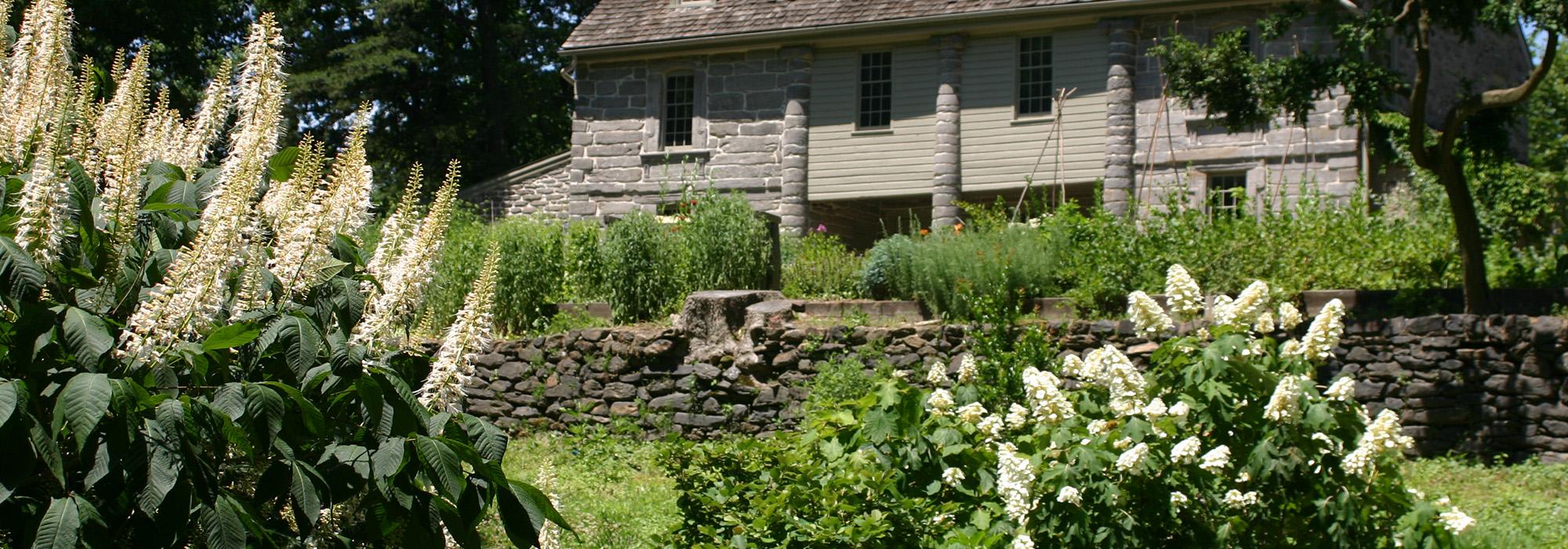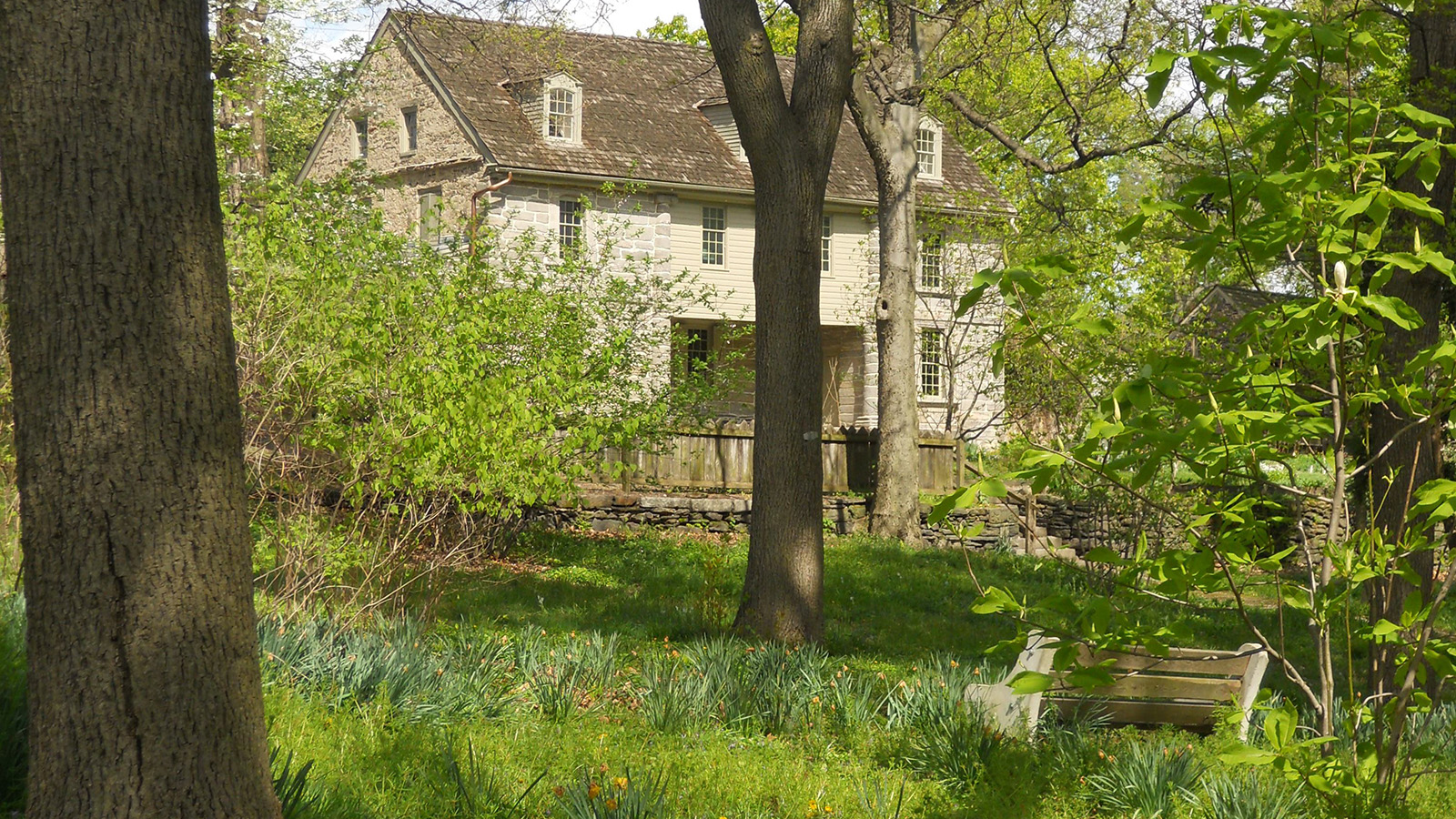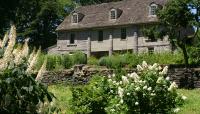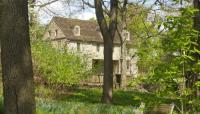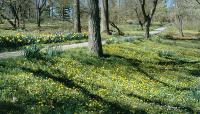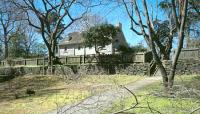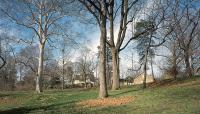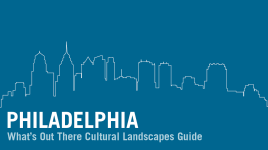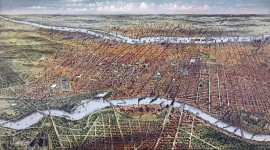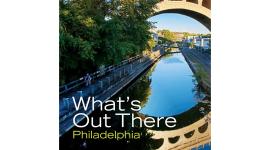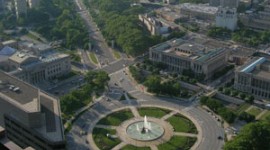Landscape Information
This 45-acre preserve and arboretum is considered the oldest botanical garden in the country. It was begun by John Bartram, America’s first botanist and from 1765 the Royal Botanist to King George III.
In 1728, Bartram acquired 102 acres of farmland on the west bank of the Schuylkill River. He began enlarging the property’s stone house and erecting fieldstone outbuildings, while also laying out a rectilinear garden, arranged in a grid defined by paths, between the house and the river. He planted it with specimens collected across the colonies, from New England to Florida and west to Lake Ontario. Signature trees from this era include the Bartram oak, a naturally-occurring red and willow oak hybrid; the oldest gingko in North America, brought from London in 1785; the Franklinia, discovered in Georgia in 1765; and a yellowwood discovered in Tennessee by Andre Michaux in 1796. Following the American Revolution, the garden was maintained and expanded Bartram’s descendants. During its peak, it contained ten greenhouses holding over 1400 native and 1000 exotic plant species.
The property was purchased in the 19th century by railroad magnate Andrew Eastwick, who preserved the garden as part of his residence. In 1891, it was appropriated by the city as part of a preservation effort led by Thomas Meehan and Charles Sprague Sargent. Since then, the estate has been maintained as a public park by the Fairmount Park Commission and the John Bartram Association, which has partially restored the gardens. Bartram’s Garden was designated a National Historic Landmark in 1966.



